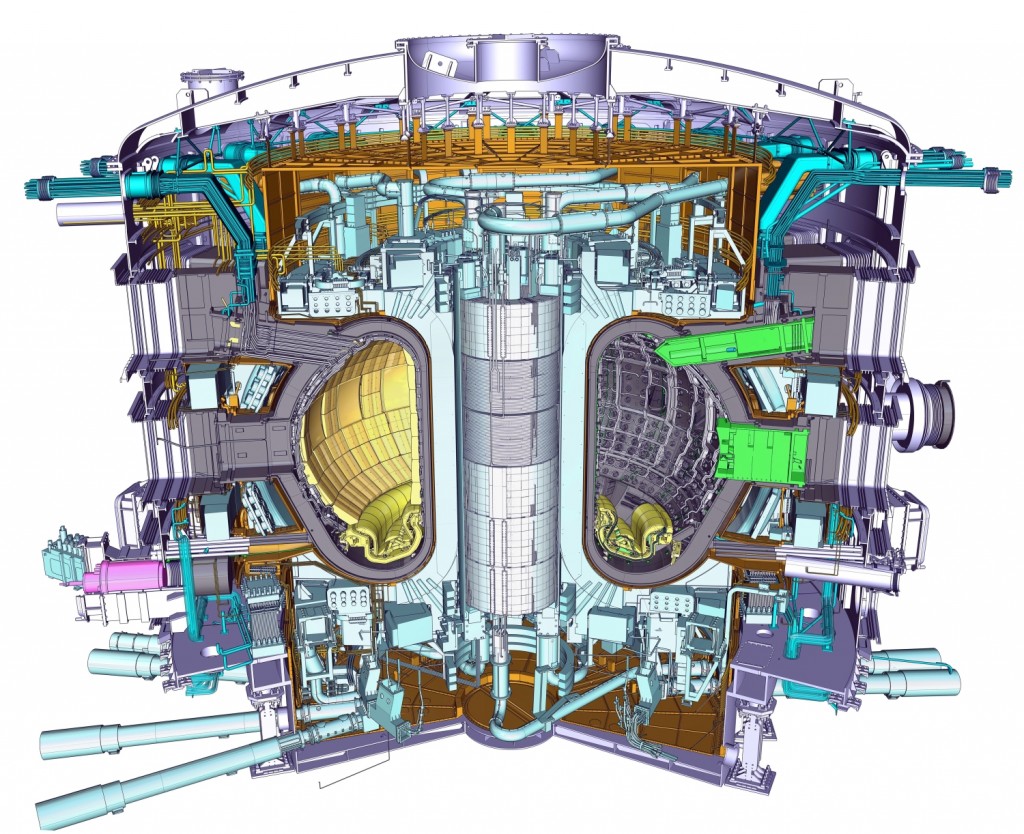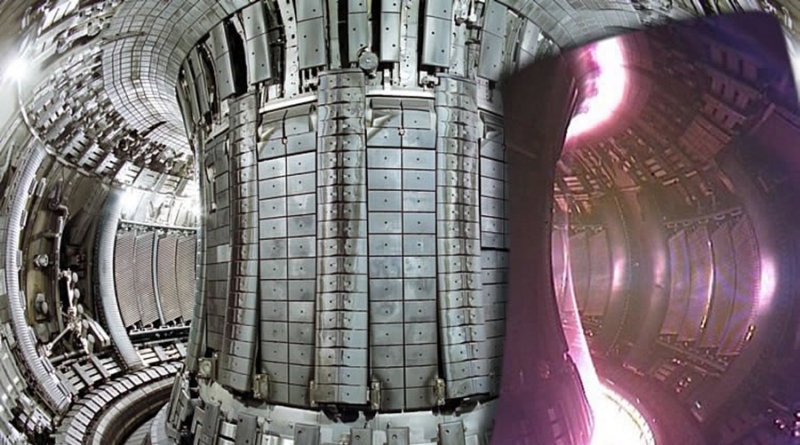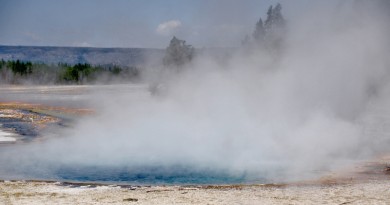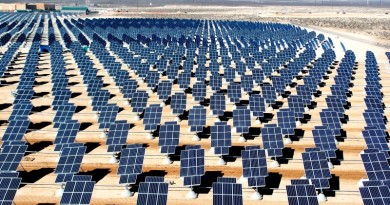ITER project facts
ITER project is nuclear fusion research project. Read some interesting facts about ITER project:
- ITER (International Thermonuclear Energy Reactor) is a joint international research and development project that aims to demonstrate the scientific and technical feasibility of fusion power.
- The aim of ITER is to show fusion could be used to generate electrical power, and to gain the necessary data to design and operate the first electricity-producing plant.
The aim of ITER is to show fusion could be used to generate electrical power.
- The partners in the ITER project are the European Union (represented by EURATOM), Japan, the People’s Republic of China, India, the Republic of Korea, the Russian Federation and the USA.
- The construction costs of ITER are estimated at five billion Euros over 10 years, and another five billion Euros are foreseen for the 20-year operation period.
- A tokamak is a machine producing a toroidal (doughnut-shaped) magnetic field for confining a plasma. It is one of several types of magnetic confinement devices and the leading candidate for producing fusion energy. ITER is a tokamak.
- ITER is a tokamak, in which strong magnetic fields confine a torus-shaped fusion plasma. The device’s main aim is to demonstrate prolonged fusion power production in deuterium-tritium plasma.

- The ITER device is based on the tokamak concept, in which a hot gas is confined in a torus-shaped vessel using a magnetic field. The gas is heated to over 100 million degrees, and will produce 500 MW of fusion power.
- The idea for ITER originated from the Geneva superpower summit in November 1985 where Premier Gorbachov, following discussions with President Mitterrand of France, proposed to President Reagan that an international project be set up to develop fusion energy for peaceful purposes.
- ITER will produce about 500 MW (output power) of fusion power in nominal operation, for pulses of 400 seconds and longer. Typical plasma heating levels during the pulse are expected to be about 50 MW (input heating power), so power amplification (Q) is 10.
- The aim in the ITER design is to allay any concerns by compartmentalizing and minimizing any sources of airborne radioactivity (e.g. tritium, dust) into sufficiently small mutually exclusive amounts, and to physically arrange that they cannot be vented to the environment.
- If all goes well with the operation of ITER and the construction of the first electricity-generating plant that follows it, the first reliable commercially available electrical power from fusion should be available around 2045.
The ITER device is based on the tokamak concept.
- ITER will consume about 16 kg of tritium over its 20 year life, and thus need 17.5 kg to be delivered to the site taking account of radioactive decay. During the first 10 years of operation the need is about 7 kg.
- The construction of the ITER reactor would begin in year 2009 and it will become operational in year 2016.
- ITER is more than just fusion energy sciences; it may well be the path forward for all of large-scale truly international science collaboration.



